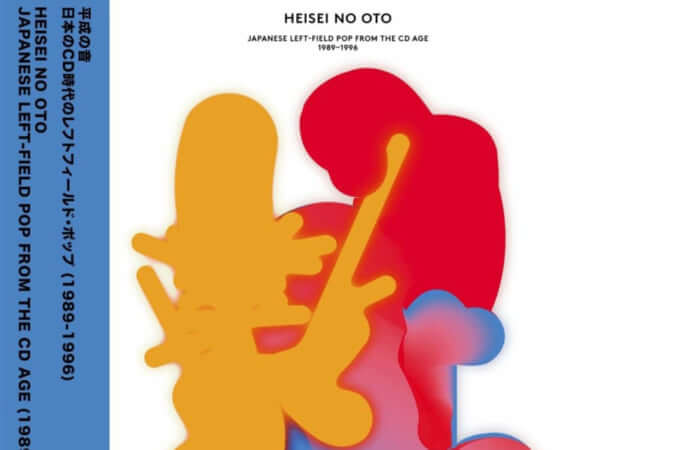Longchamp x Nendo Reworking the French Classic
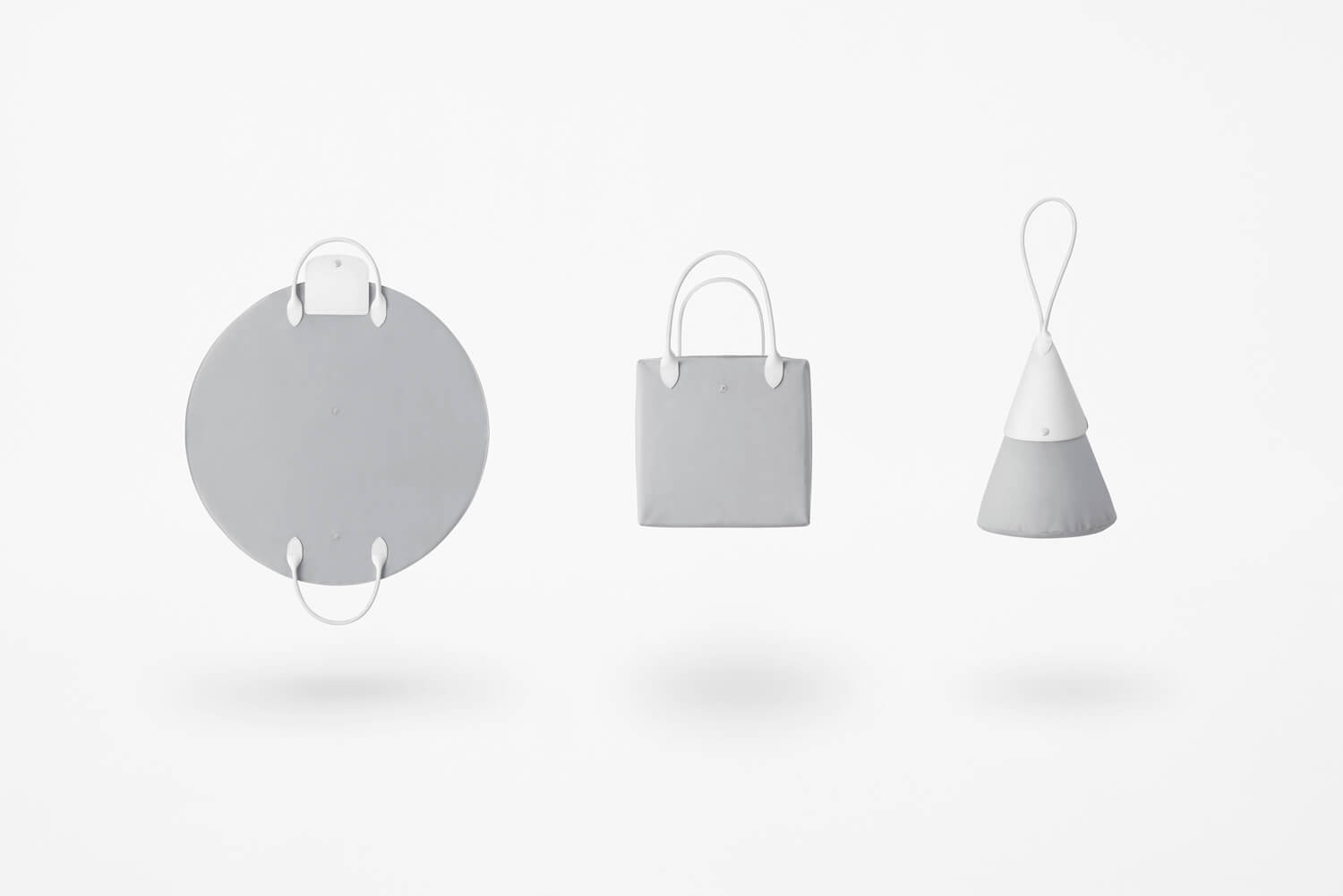
The French leather goods brand Longchamp has teamed up with the Tokyo studio Nendo to offer a new version of the iconic Le Pliage bag, created by Philippe Cassegrain in 1993. The Pliage was inspired by origami and quickly became the Parisian brand’s best seller.
This Franco-Japanese collaboration has been revived once again with a new design experience, producing a hybrid bag, half-purse, half functional storage object to use at home.
The Nendo studio, founded in 2002 by Oki Sato, designs everyday objects including handbags, watches, decorative objects and furniture, all with a little twist, allowing you to look at them with fresh eyes; what the brand calls ‘!’ moments.
Oki Sato and his team create ‘!’ moments by emphasizing the essential, without resorting to artifice, explains Jean Cassegrain, CEO of Longchamp. He goes on to explain how Le Pliage is an iconic product whose shape is wonderfully simple. The compatibility of the two led the brand to ask Nendo to come up with a new interpretation of the product.
Three new models have since emerged, giving Le Pliage its own ‘!’ moment. The first is a bag that, thanks to a removable and foldable buttress, is transformed not only into a cube for storage or transport, but also in a spacious bag with wide bottom.
The second is a conical bag with a handle for carrying or hanging a hook or a closet.
The third model is a circular bag inspired by traditional furoshiki folding fabrics, used in Japan to carry items before Western-style bags become popular. Like the furoshiki, it adapts to its content to ensure optimal functionality.
They come in six colors that Sophie Delafontaine, artistic director of Longchamp calls ‘neutral colors’, such as pale gray, dark blue, mustard and burgundy.
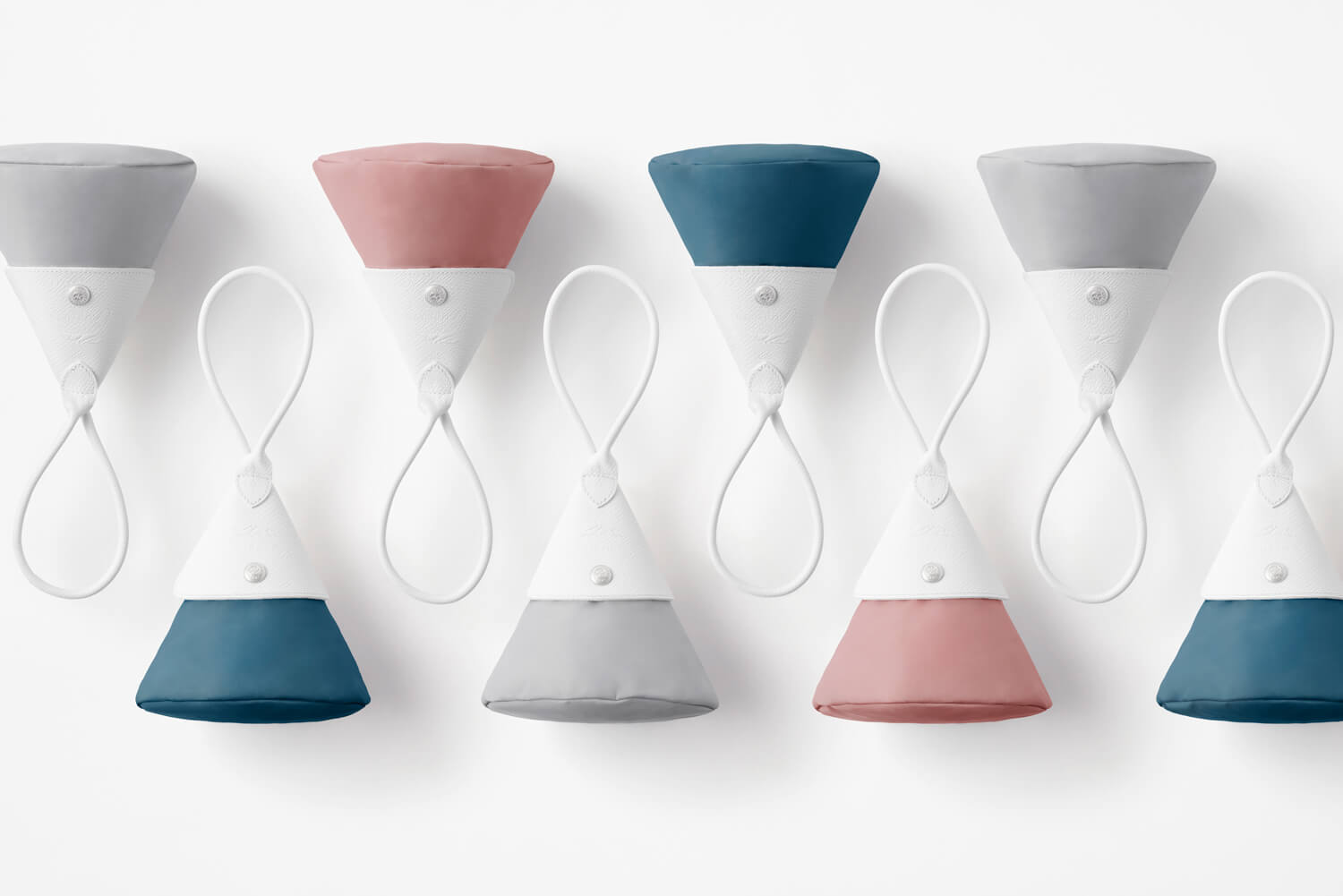
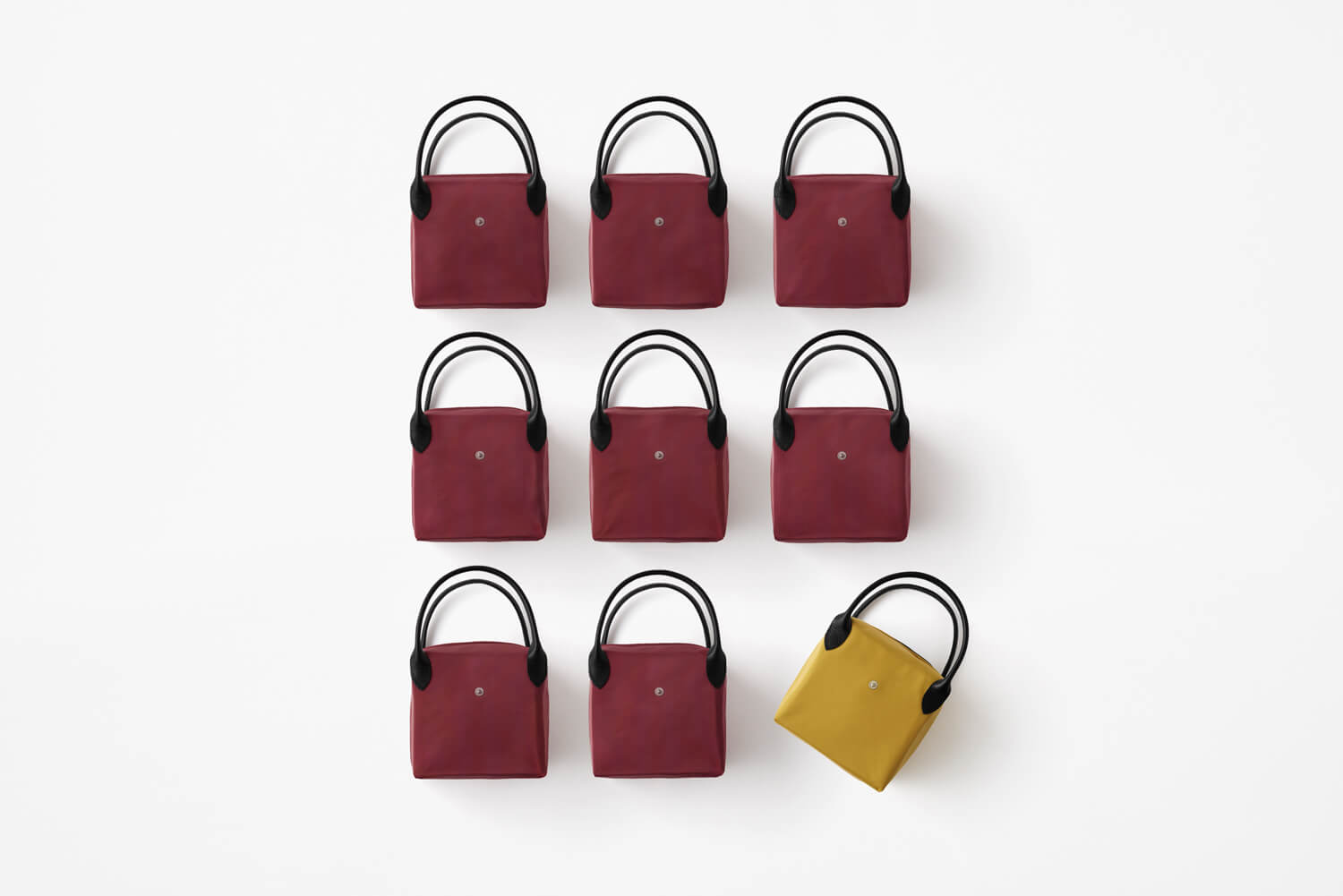
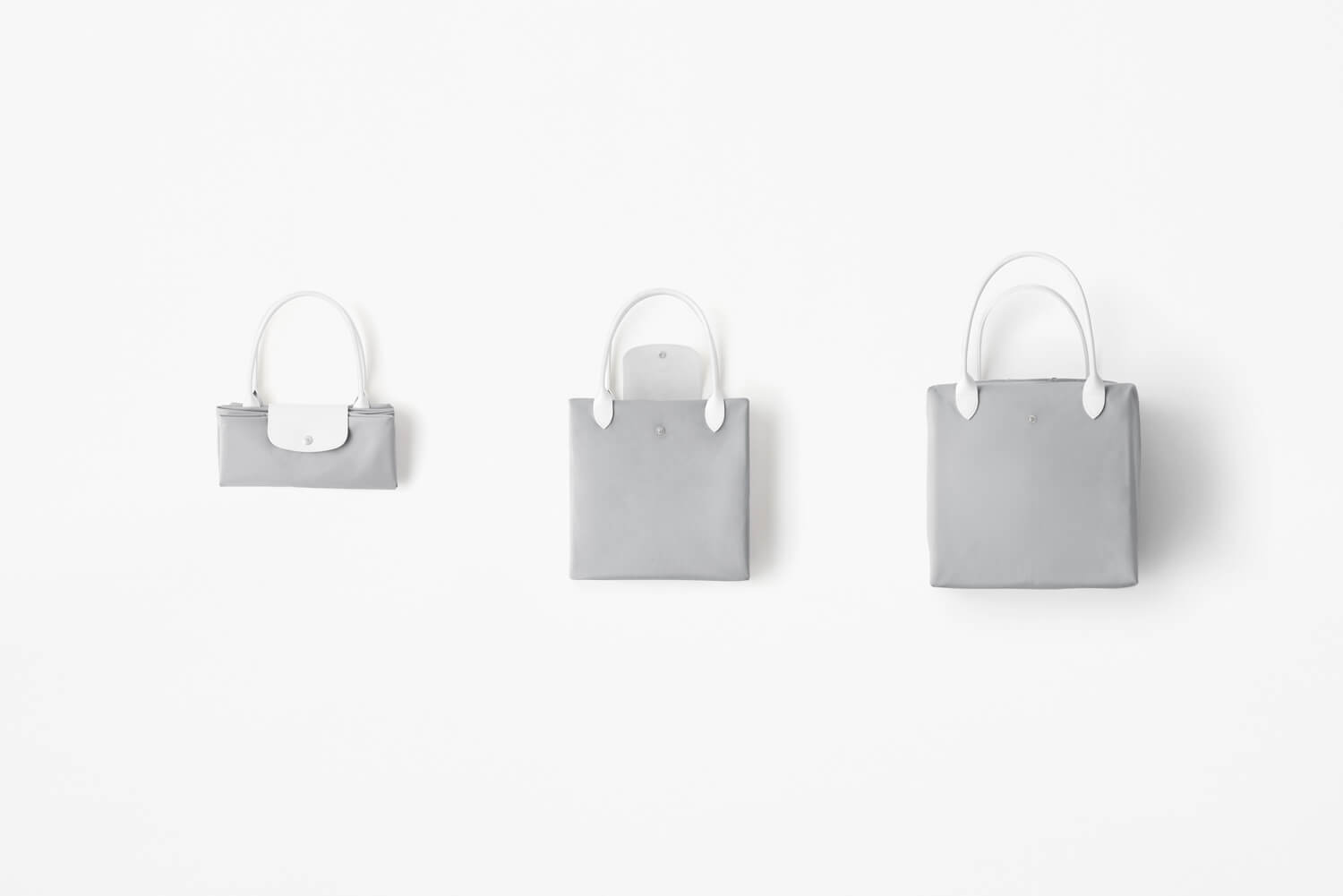
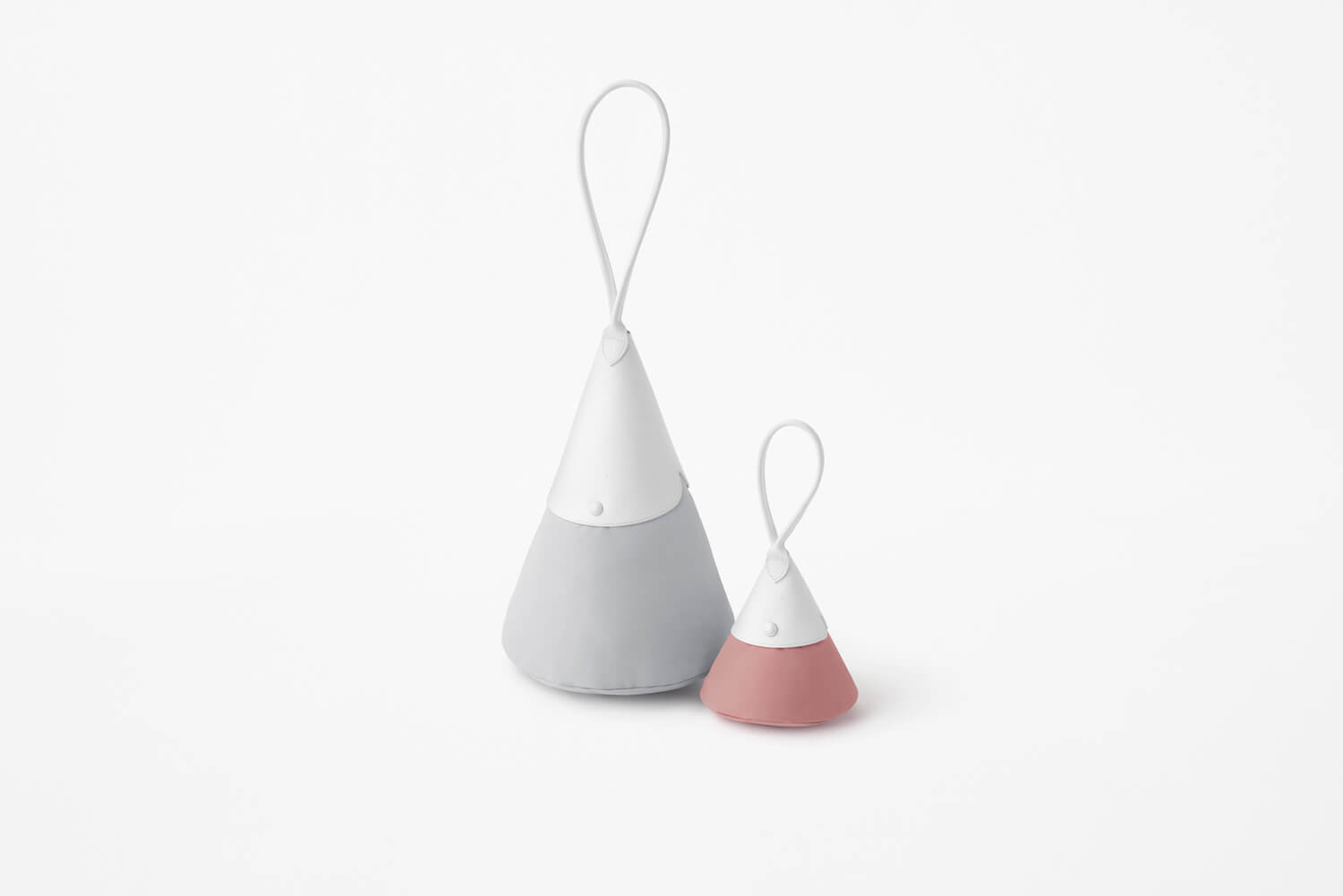
TRENDING
-
The Tattoos that Marked the Criminals of the Edo Period
Traditional tattoos were strong signifiers; murderers had head tattoos, while theft might result in an arm tattoo.

-
The Story of Sada Yacco, the Geisha who Bewitched Europe
Described by Dazed magazine as the first beauty influencer, she has been restored to her former glory since 2019.

-
Chiharu Shiota, Red Threads of the Soul
Last year, more than 660,000 people visited the retrospective 'Chiharu Shiota: The Soul Trembles' exhibit at the Mori Art Museum.

-
Japanese Left-field Pop From The CD Age, 1989-1996
‘Heisei No Oto’, a compilation of hidden gems in the unspoken depths of Japanese pop, reveal blissful moment of technological possibility.

-
‘Shojo Tsubaki’, A Freakshow
Underground manga artist Suehiro Maruo’s infamous masterpiece canonised a historical fascination towards the erotic-grotesque genre.




